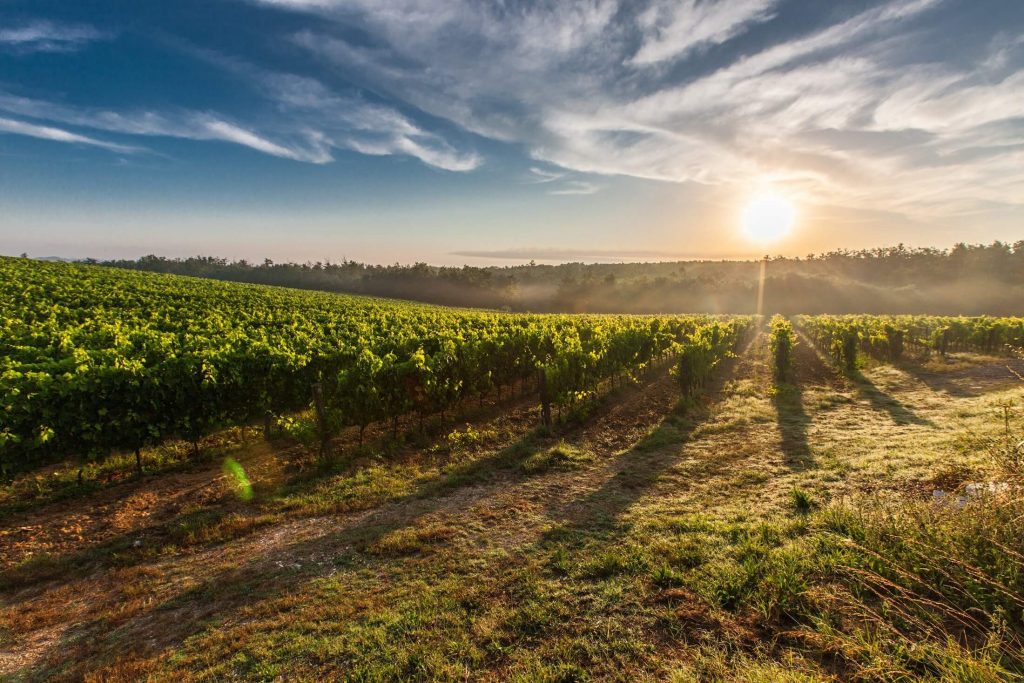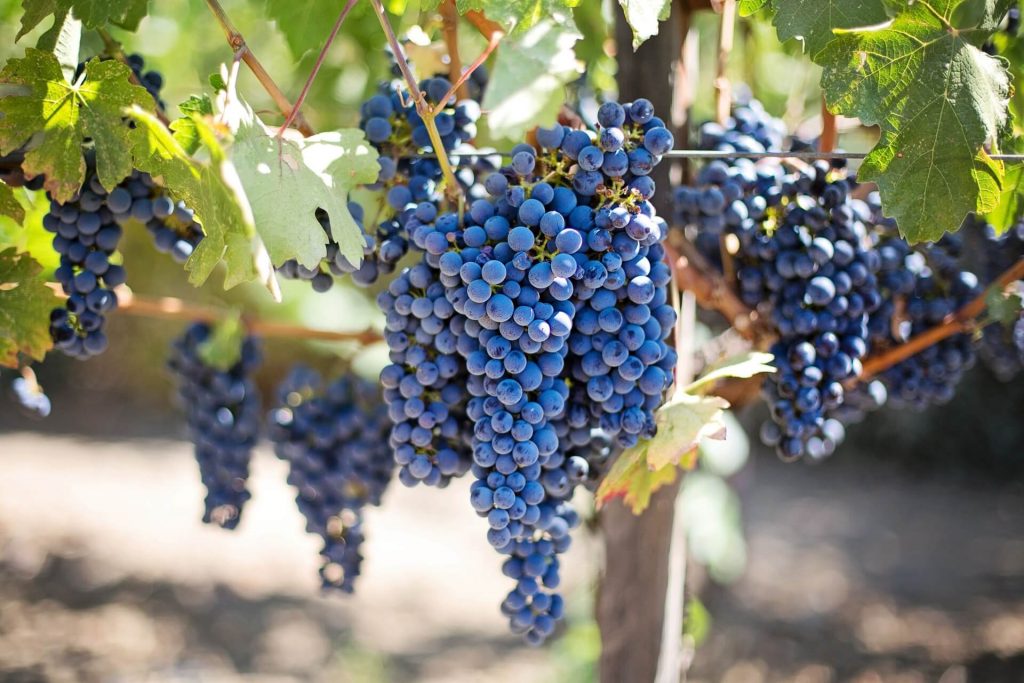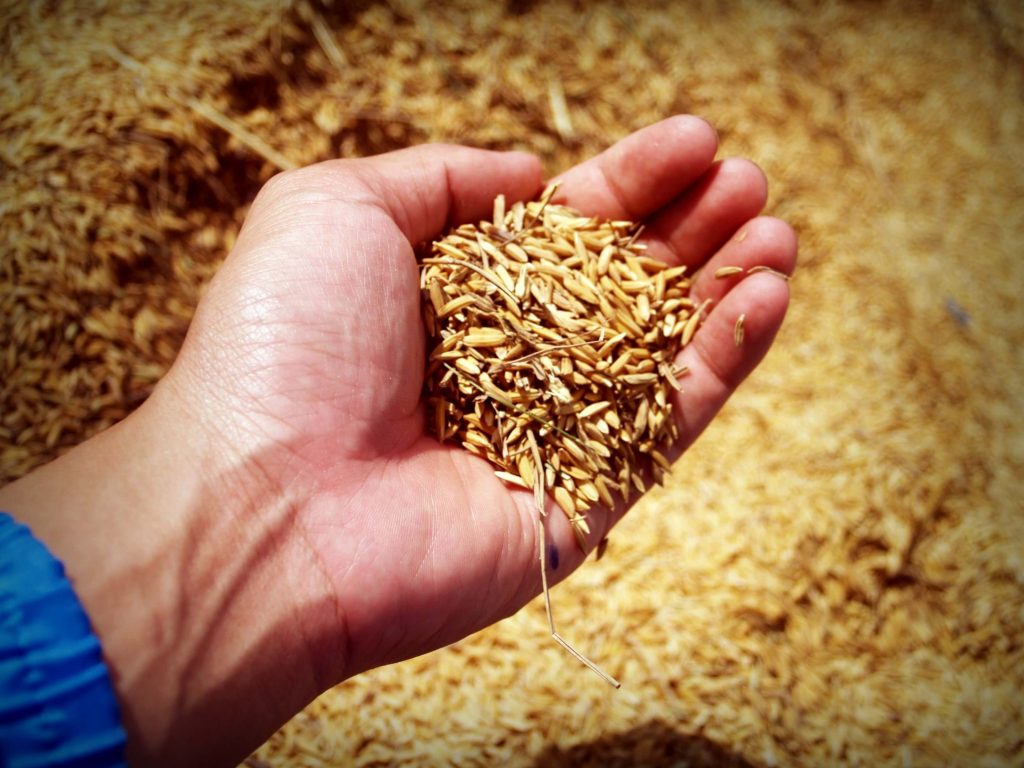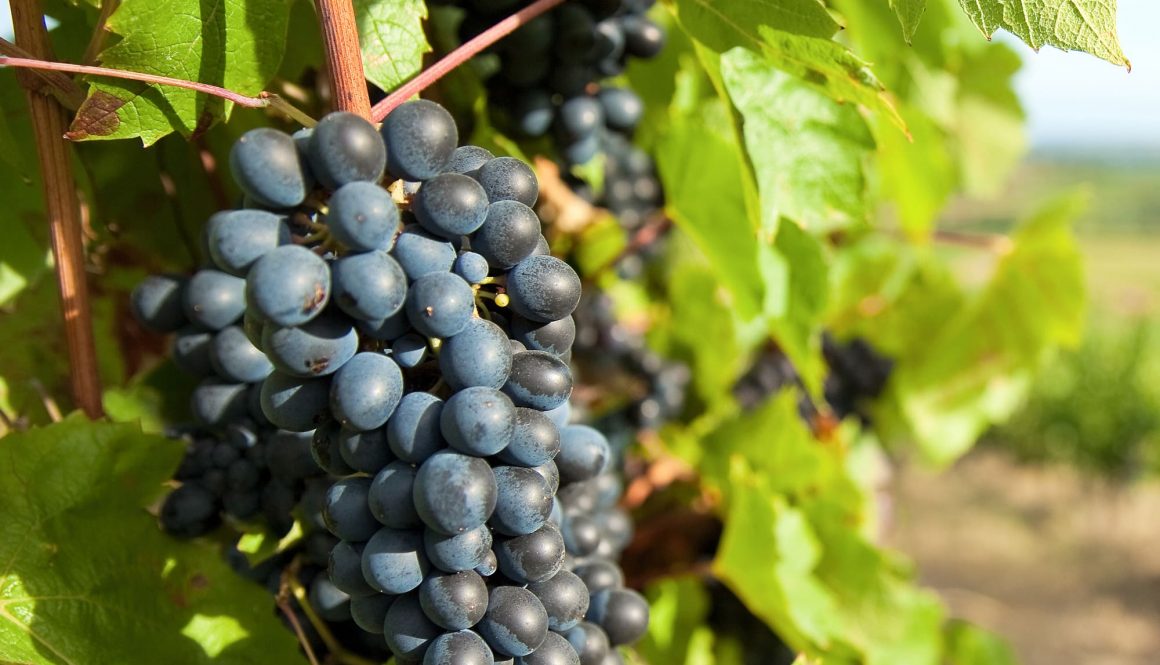Jidvei chose Teraseya solution for smart agriculture
Jidvei, excellency in viticulture
Jidvei, the great Romanian wine producer, in collaboration with Orange and Teraseya, have found the solution for smart, sustainable agriculture, and have started implementing a complex program for integrating artificial intelligence in agriculture 4.0
Jidvei is the only wine producer that realizes its entire portfolio of products from the harvest obtained from the 2,500 hectares of its own plantations, the most important aspect for a rigorous quality control.
Since 1958, the wines produced by Jidvei have been awarded gold medals at international competitions, although the Tarnavelor area has been known for viticulture since the time of Herodotus. From here began the growth of the company and the international recognition, year after year, at the big wine competitions.
Superbrands, which celebrates successful brands and rewards its reputation in over 88 countries, awarded this title to Jidvei in 2017, reconfirming the brand’s position on the Romanian and international market.
The British edition of Time magazine, one of the most prestigious publications in the world, published in 2019 a special article dedicated to the stories of Jidvei, the charm of Transylvania and the tradition of Romanian wine throughout history.
Two of Jidvei’s wines, Owner’s Choice Ana Sauvignon Blanc 2018 and Jidvei Feteasca Regala 2009 were the only wines in Romania awarded the Grand Gold Medal at the 2019 Brussels World Competitions.
With these two extremely important distinctions, Jidvei becomes the first Romanian wine producer to obtain this outstanding performance in one of the most prestigious and rigorous international wine competitions.

Teraseya solution for smart agriculture
As a result of a growing business and the special attention for quality and details, Jidvei started the implementation of a high precision sustainable agriculture system, a project whose budget is approximately 600,000 euro. The project, carried out together with Orange and Teraseya, includes a series of technologies and equipment such as the LoRa WAN network, Live Objects solution and different types of high quality sensors.
Any successful business should take into account the cost-benefit analysis of each investment. Jidvei decided that for medium and long term investing in technological solutions that have incorporated artificial intelligence, is the best decision for sustainable development of the company, optimizing management and minimizing costs. .
On digital, Jidvei has placed 11 weather stations on the 2,500 hectares, which capture, with the help of high-precision sensors, information on temperature, soil humidity and precipitation. These informations are stored on the Orange cloud. From there all the information gathered from the plantation reaches the Teraseya platform, which analyzes and stores all the data, where patterns are created as a great help system for decision support in the management of vine crop protection.
Teraseya’s solution for smart agriculture goes beyond that.
The Teraseya platform designs variable application maps for areas or plots with risks of disease or frost, determines the type of soil and the most suitable grape variety for it. It also shows exactly where fertilizer should be used and where irrigation is needed, for maximum crop yield.
The implementation of the project started from a much more precise tracking, up to 2 cm, using GPS-based geolocations that analyze the vegetative productive parameters, pathogens and pests but also the nutritional status.

Implementation of Teraseya solution on Jidvei plantations
“The latest technology we are considering in the short and medium term is a system that will help us manage easier and more efficiently all the data collected and devices in the field – from sensors to equipment and personnel. This is where the discussions with Orange started to make an integrated system of precision agriculture.
A year ago we did a proof of concept with them, because it is a system based on precision tracking, a LoRaWAN type radio wave system, and considering the type of relief from Jidvei. Here are only hills, so it is complicated with radio waves, so a more complex proof of concept was needed. Now the project is being implemented.
In the short term would be the real-time tracking of equipment, people and annexes with RTK technology – Real Time Kinetics, which means an accuracy of up to 2 cm, control of activities and processes, real time overview, efficiency of equipment operation and highlighting the costs on fuel, water, etc.
In the long run we have a disease management plan, spectral maps, irrigation and treatment management. We will be able to make variable treatments and fertilizations in the future depending on these maps, reactive operations and efficient planning.
The benefits are multiple, from minimizing costs and streamlining processes to better management of all components, “said Tiberiu Gaman, Technology Development Manager, Jidvei, during the ZF Tech Day show.

Climate change is changing the way agriculture evolves globally, not only in Romania, and for precise evolution we need precise technology, and Teraseya keeps pace with the technologies of the future and artificial intelligence, by creating devices accessible to every farmer.







